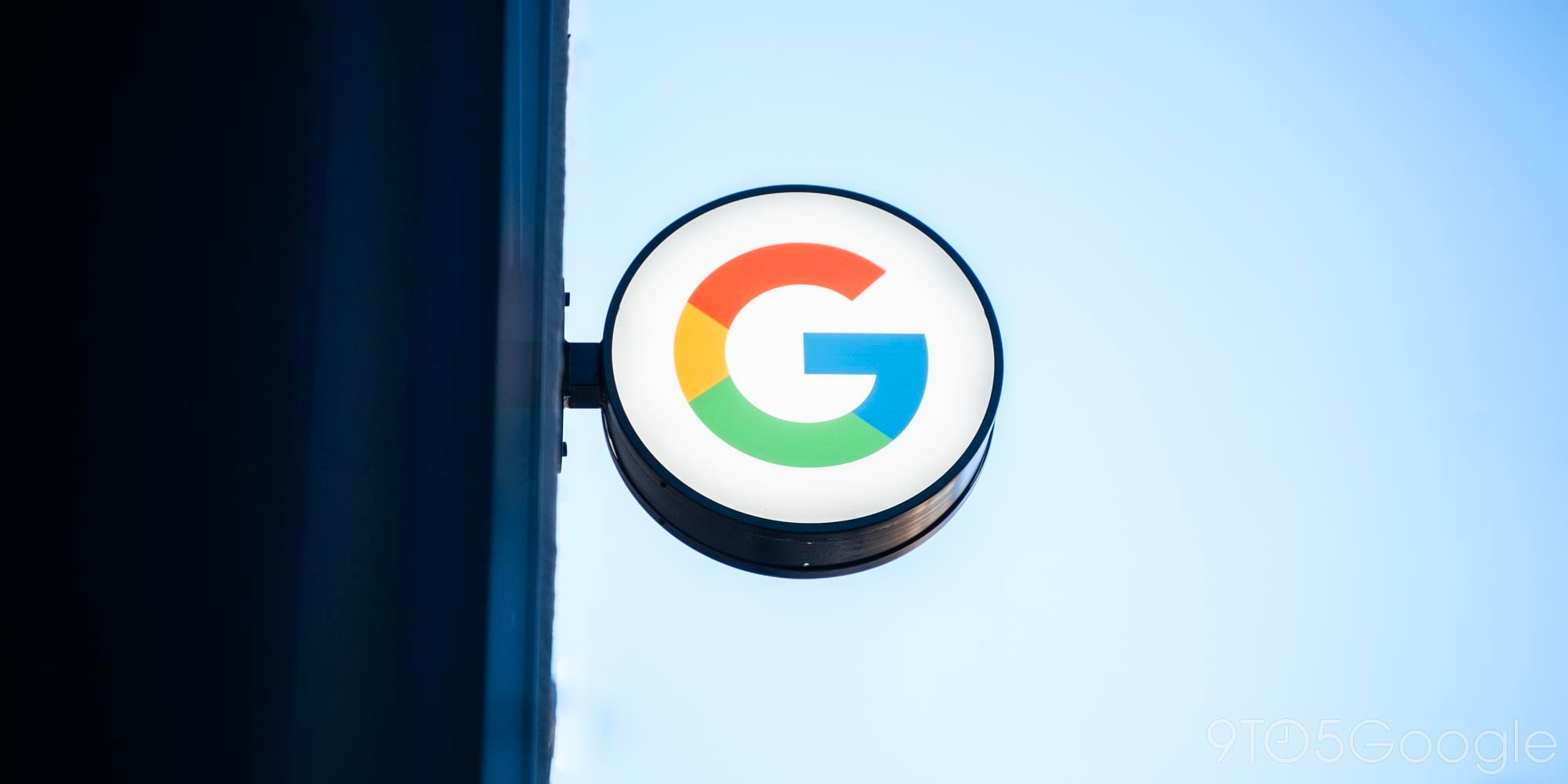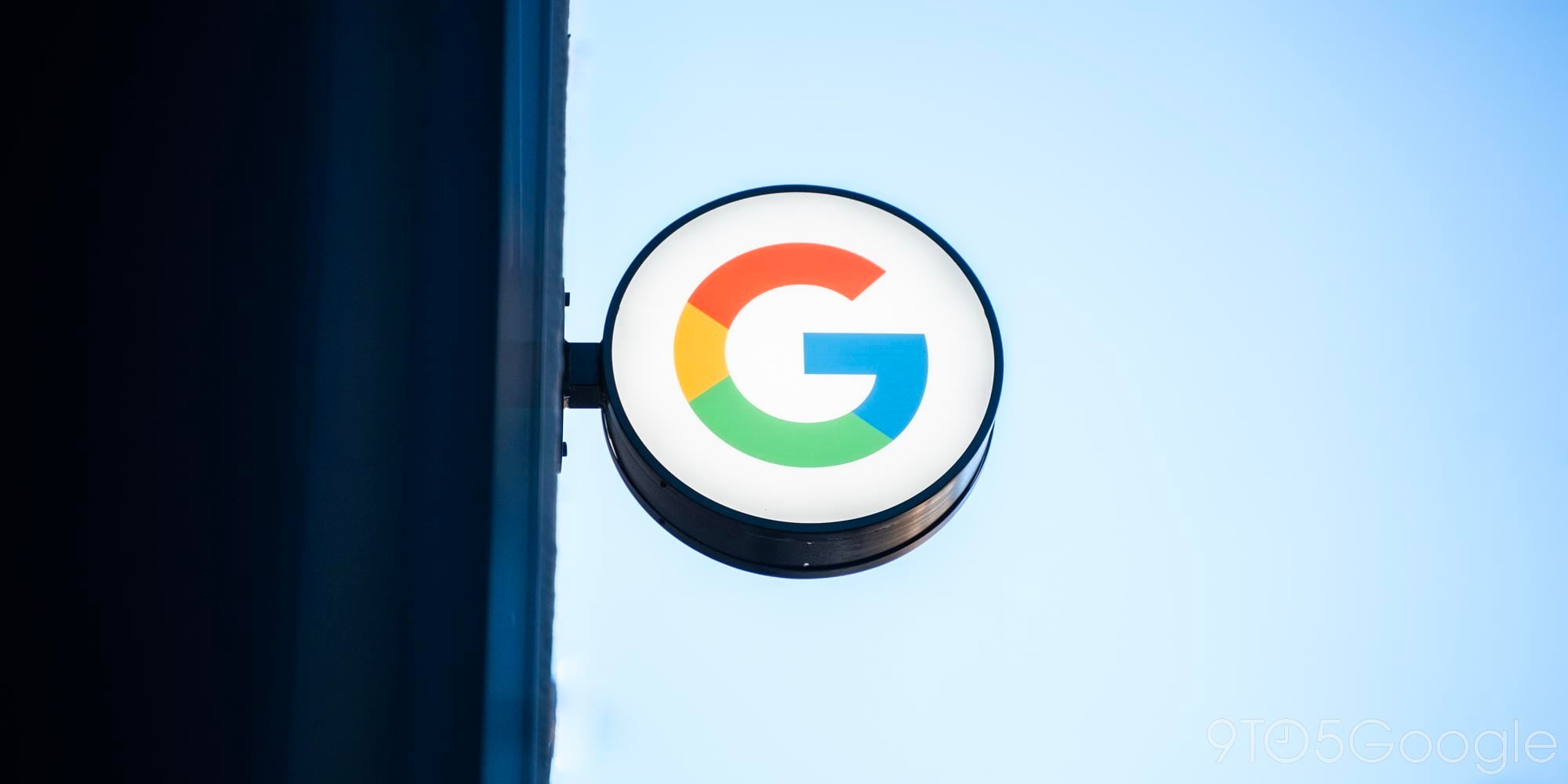
The LG G6 faced tough competition earlier this year with the Galaxy S8, and unfortunately LG’s flagship got buried in the hype around Samsung’s release. Now, LG is back with the LG V30, and it holds a lot of promise as we approach the end of 2017.
The LG V30 is a big departure from what we’re used to in LG’s V-series. Instead of the more utilitarian design found on past devices, the V30 puts a powerhouse into a body which is actually even better looking than the LG G6.
This time around, the V30 is built with a metal and glass frame, all sealed to meet an IP68 rating for dust and water resistance. The phone also packs a military spec rating for protection against shock and other various conditions. Despite all that, the phone looks fantastic and feels great in the hand. It has a few more curves compared to that of the G6, and that leads to a phone which feels and looks even better.
The front of the phone packs a massive 6-inch display. Unlike the G6, the V30 packs Gorilla Glass 5 on both the front and back, and the front glass is even curved slightly around the edges. While the display itself isn’t curved, the glass helps give the illusion that the bezels look thinner than they actually are.
LG has also made the V30 its first mainstream flagship with an OLED display. The QHD+ display is more vibrant and more color accurate compared to the G6 and V20 that came before it. The display is also certified for HDR content playback. The second screen has also been replaced with a “floating bar” in the software.

Powering the experience is a Snapdragon 835 processor paired with 4GB of RAM and Android 7.1.2 with the same skin found on the G6. The phone also ships with 64GB of storage, a microSD card slot, and a 3,300mAh non-removable battery. Quick charging and wireless charging are also both included.
LG has also included a plethora of options when it comes to security, including: a fingerprint sensor, facial recognition, Knock Code, and voice recognition with custom wake words.
Outside of the hardware and display, LG has three main areas of focus with the V30. The first is in the camera department. The LG V30 packs a dual-camera system similar to what we’ve seen on the past few LG devices, but it has been revamped this time around. The primary lens is now a record-setting f/1.6 16MP sensor, enabling stronger low-light performance. Further, the wide-angle sensor has also been improved to include an f/1.9 aperture on that 13MP camera. In either case, you’re seeing significant improvements compared to what we’ve seen on previous LG flagships.

The V30’s camera app has also seen some improvements. For one, there’s the integration of the Immersion vibration motor to provide some nice effects for adjusting settings and the shutter, but there’s also some extra control over the manual mode. Thanks to an integration with GRAPHY, LG V30 users will be able to pull presets directly from professional photographers (and in the future other users) to get the best possible shot with their phone.
In terms of video, the V30’s camera has also seen some enhancements with new “Cine” effects that let users easily change the tone of a shot. LG has also included a video editor directly on the phone which allows basic editing to be performed directly on the phone.
The last big area of focus is, of course, audio. Not only does the V30 still include a 3.5mm headphone jack, but it includes the excellent HiFi Quad DAC we’ve seen in several of LG’s phones. The 32-bit DAC also includes controls to tune the experience to your liking.
LG has yet to confirm a price or release date for the V30, but it’s expected that the phone will go on sale sometime in September. Previous rumors pinned the price tag around $700. For those turned off by the Note 8’s astronomical price, the V30 looks like an excellent option. Check out our hands-on for more information about the phone, and stay tuned for our full review coming soon.
FTC: We use income earning auto affiliate links. More.





Comments